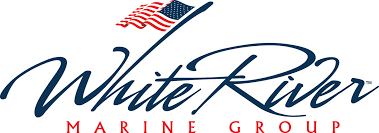

The CDC estimates that each year norovirus causes 19 to 21 million illnesses, 56,000 to 71,000 hospitalizations and 570 to 800 deaths.
So, what does this mean for your business? The average worker is sick 7.7 days a year, which costs employers $225.8 billion annually in the U.S, or $1,685 per employee, according to the CDC. In a clean facility, employee absenteeism is reduced by 46%, according to ISSA.

Norovirus presents a particular challenge to janitorial and building maintenance staff. A person can become infected with as little as 18-1,300 microscopic viral particles. During bouts of violent vomiting episodes, for which norovirus is known, researchers have shown roughly one million particles are released into the air contaminating anything with which the particles come in contact.
While there is not a vaccine for the norovirus, there are a few simple cleaning steps to protect yourself and others from spreading the virus.
#1 rule – wash your hands. Most people don’t wash their hands correctly. It takes about 30 seconds of vigorous rubbing using hot water and soap to wash away clinging particles of the virus. Wash under nails, too.
Alcohol-based hand sanitizer does not kill norovirus, it is resistant to most disinfectants.
That’s why ESCFederal recommends a 3-step cleaning process to clean, disinfect and sanitize surfaces.
Sanitizing a surface will reduce 99.9% of bacteria on inanimate surfaces but will not remove viruses or fungi. Disinfecting destroys bacteria and germs, but it is not designed to lift dirt off a surface. As part of the 3-step process, we recommend to clean first, then sanitize and then apply disinfectant to kill the bacteria. Usually, a disinfectant product needs to sit for at least 5-10 minutes, wet, on a surface, giving it time to kill germs.
The norovirus can survive on surfaces for weeks at a time, providing ample opportunity for the spread of infection between employees, so it is important to use products that are EPA-registered to kill germs of most concern.
The value of cleaning, disinfecting and sanitizing will keep building occupants healthy, productive and reduce absenteeism costs all year long.
































